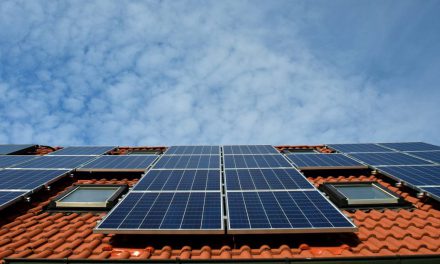Nearly a third of all homeowners with a Home Affordable Modification Program (HAMP) loan mods have defaulted since the program’s inception in 2009. Here’s why the rest of them are going to find their prospects of keeping their homes a little dimmer this year.
HAMP launched in 2009 to keep distressed homeowners from losing their homes. Under HAMP, the federal government essentially pays lenders to reduce the mortgage payments of homeowners who might otherwise default. The underlying principal balance isn’t touched.
But the subsidized mortgage payments are being phased out this year. Many HAMP homeowners are going to start feeling the crushing weight of negative equity over their roofs, to the tune of $200 to $1,700 more a month in mortgage payments. The number of defaulting homeowners is expected to shoot up shortly thereafter.
And that’s HAMP’s biggest flaw (and it has many): its failure to address negative equity. We’ll acknowledge HAMP lucked out when speculators took on the burden of re-inflating the housing bubble. The resultant home price increases brought many out of their underwater status in 2013, but the relief was temporary. Home prices will fall in 2014, plunging many homeowners back into negative equity. No homeowner wants to keep feeding payments into a black hole asset. Many will simply strategically default, having wasted years of income trying to fix the unfixable.
This was really the best idea the federal government had to help struggling homeowners?
What these homeowners and our housing market needs is a real commitment to reducing negative equity across our state. Some government funds have been dedicated to providing cramdowns in California. If your underwater client is interested in receiving a principal reduction, point them to Keep Your Home California.
Keep Your Home California has provided over $158 million in principal reductions, as of the end of 2013. This reduced the average monthly payment of program participants by $400, from $1,872 to $1,472 a month. The best thing about these low payments is that they are never scheduled to reset, as payments are under HAMP. Further, homeowners now have positive home equity, and not just the facade of making ends meet. Homeowners who qualify with a hardship may be eligible to participate and regain equity in their home.















The loan mod default problem is more complicated than this article suggests. First, I question the claimed 33% default rate for HAMP mods. HAMP requires that dti be reduced to 31% of borrower gross income. By design, that makes it unlikely that HAMP borrowers will default -absent crisis such as job loss- especially given the rise in prices. So the default statistics likely apply to more than HAMP mods.
Second, HAMP mod rates are fixed for at least five years. And then -unlike regular ARMs – the rate can only rise by 1%/year and then only to a much lower life cap: 3.5% to 5.5%.
The bigger problem is the large number of regular [including Pay option] ARMs that are resetting and recasting. The worst are the HELOCs that will now have short, fully-amortized terms, causing far greater payment spikes than HAMP mod adjustments.
As to home prices, the jury is still out. They are clearly slowing but no sign of a collapse. In the long run the bigger factor will be real employment and wage growth.